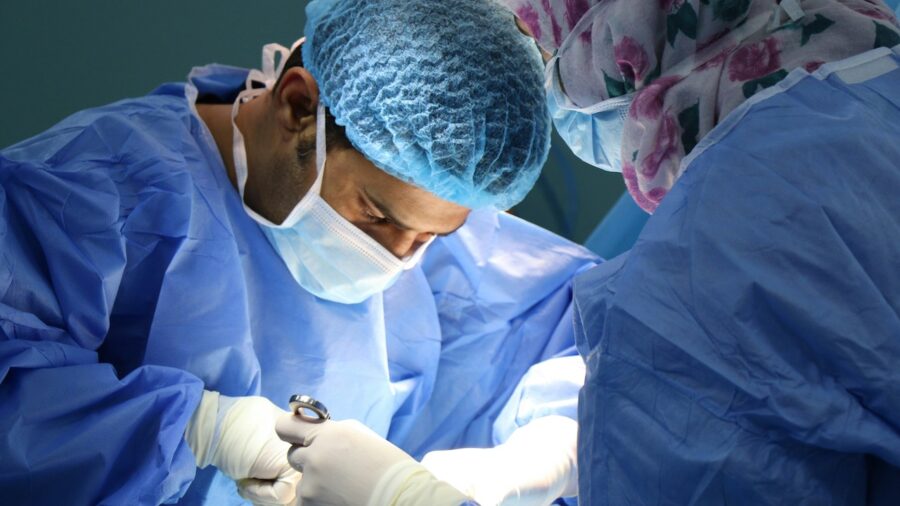Body-Repairing Nanorobots Are Now Real

Neurosurgeons might soon be able to deploy tiny robots into the bodies of human patients to assist with life saving surgeries. Microscopic nanorobots, smaller than a blood cell, have been used in rabbits to successfully deliver a medication to blood vessels damaged by aneurysms. This scientific breakthrough could well pave the way for stents and coils used today in human brains to become a thing of the past.
The Nanorobots

An aneurysm occurs when the wall of an artery weakens and can no longer handle the rapid coursing of blood it carries. The blood will work against the weak spot and cause the side of the artery to balloon out. At some point, the artery wall will burst from the pressure and will lead to significant brain damage and even death.
The nanorobots used in the rabbits were used to deliver drugs at the point of the aneurysm so that the weakened area would be blocked from blood flow, thus stopping it from bursting.
The tiny life-saving devices measure only 295 nanometers in diameter, three times smaller than the diameter of the most common forms of bacteria. Using a heat seeking technology to locate the aneurysm, the nanorobot parks there until its coating melts and enables the release of the medication.
Thrombin

The medication that the nanorobots dispense is called thrombin. Thrombin will react with the blood cells and make them clot together in order to avoid the artery walls from bursting.
While it’s yet to be tested in humans, the process that medical providers will use to deploy the nanorobots have pretty much been spelled out by researchers that published their findings in the September edition of the medical journal Small.
Surgery

Once an aneurysm has been located, a cardiovascular surgeon will find a spot close to it to release the nanobots in the patient’s bloodstream.
The nanorobots will be injected into the blood vessels using a microcatheter, which lowers risks as this keeps the medical team from having to go too deep into the recipient’s brain.
Lab Dishes

Before the nanorobot technology could ever be tested on actual living humans, researchers first needed to determine whether or not this technology would be compatible with human cells. The recently released study showed that the material was biocompatible after testing them with human cells in lab dishes.
Animal Testing

As for the rabbits that have been tested with the nanorobot technology, they are reported to be healthy. Two weeks after the procedure was administered to three rabbits, the clots that blocked the aneurysms were deemed stable. Researchers remain optimistic as they continue to monitor the test subjects to ensure that the blood supply remains cut off from the damaged part of the blood vessels.
Moving forward, researchers will need to have the same success with the nanorobots in larger subjects before human test subjects can be a consideration. Longer, more in-depth studies will be par for the course but could well lead to a significant and positive change on how medicine treats deadly brain aneurysms.
Sources: Live Science












